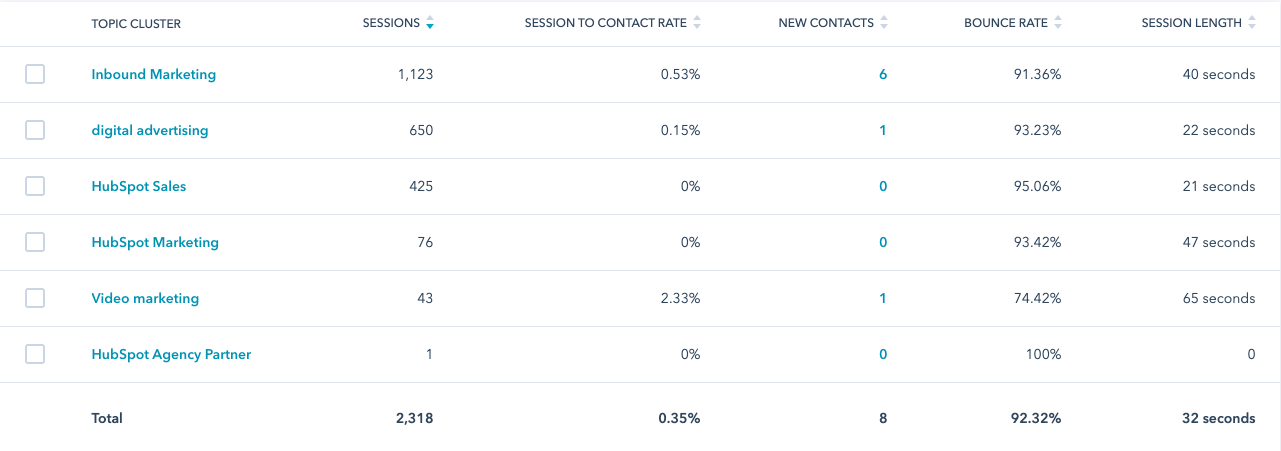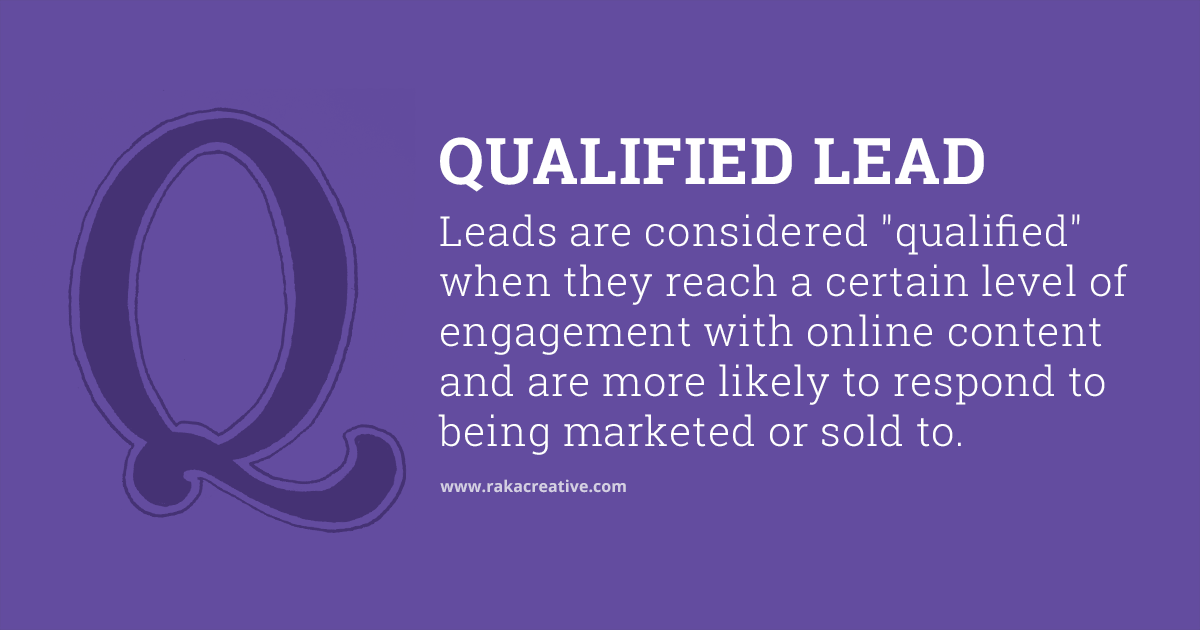A well-planned content strategy can drive more traffic to your site, generate new leads, and give your target audience the information and confidence they need to convert as customers. But creating and maintaining a content strategy is a significant time investment. It requires setting goals, researching keywords, planning pillar pages and content calendars, and a whole lot of writing.
While HubSpot may be known as a marketing automation tool to drive email marketing and lead capture, HubSpot can also help you develop and implement a content strategy simply and quickly. In this blog post, we’ll walk through the steps to use HubSpot to power your content marketing.
Table of contents
- How to use HubSpot’s content strategy tools
- Topics cluster and SEO tools in HubSpot
- HubSpot’s calendar tool
- How to use HubSpot CTAs
- Using HubSpot’s blog tool
- Tying it all together: HubSpot campaigns
How to use HubSpot’s content strategy tools
HubSpot makes it possible to plan pillar pages and related content clusters, explore keywords and topics, set and maintain a content calendar, write and publish blog posts, and implement relevant CTAs throughout your content. You can also monitor the effectiveness of all your campaigns within the platform, removing the need to slog through the mountains of data included in Google Analytics. HubSpot’s content strategy tools are available in Marketing Hub Professional or Enterprise but are not accessible in Marketing Hub Starter or free versions.
Topic cluster and SEO tools in HubSpot
Who are your target customers? What are their wants and needs? What challenges do they face? How do they succeed?
A strong understanding of your brand’s buyer personas is the first step in developing a good content strategy. Detailed buyer personas can be recorded using HubSpot’s personas tool, and we highly recommend taking advantage of this feature so your team can periodically refresh their memories and ensure that your content strategy is in alignment with your target audience. HubSpot’s personas tool also provides continuity as members of your team change.
Once you’ve developed buyer personas, you can begin to research and plan content that will answer their questions, address their concerns, and arm them with the information they need to convert them into customers. This is where HubSpot’s SEO tool comes in handy. The SEO tool is in the Marketing Hub under Planning and Strategy. The first tab provides SEO recommendations. These are ways you can improve SEO across all your connected domains.
The second tab, topics, is where marketers identify core pillar page topics and build out supporting subtopics in clusters. For example, Raka has an inbound marketing topic (pillar page) and 12 related subtopics (blog posts) in that cluster. HubSpot uses SEMrush to pull in search volume data for your topics and subtopics, which helps you strategically plan blog posts with keywords that will drive traffic to your site.
As you build pillar pages and supporting blog posts, HubSpot will begin to report on the effectiveness of your topic cluster strategy. The snapshot below shows how several of Raka’s topic clusters performed over a period of time. Marketers can drill into this data as much—or as little—as needed to show return on investment and garner buy-in from decision-makers to invest more time and resources into content marketing.

Topics should be the first place you go when you start to develop your content strategy. This will guide everything else you do.
HubSpot’s calendar tool
Chances are, you’re not going to write 12, 24, or more blog posts for the entire year all in one sitting. We’re all busy, so planning ahead and pacing work is critical. If you’ve built out your topic clusters and have a good idea of the topics you want to write about for the next month, quarter, or year, you’re already off to a great head start.
HubSpot’s calendar tool is a handy resource to have in your back pocket. It allows marketers to create tasks with due dates to write blog posts, emails, set up landing pages, and more. We recommend that one person manage this content calendar—perhaps a content manager—in order to ensure everyone is on the right track to meet deadlines and produce what’s needed.
We’ve already written extensively about content calendars and how to set them up the right way, so you don’t need to worry about figuring out all the minutiae yourself.
How to use HubSpot CTAs
Calls to action, or CTAs, are a key element of any good blog. Or any good inbound marketing strategy, really. Your CTAs are the buttons, hyperlinked text, or images that ask users to take an action. They might say “buy now” or “download your guide” and they’re usually well-placed—either after a blog post, at the end of an email, or the center of a landing page. CTAs have a multitude of functions:
- Lead generation
- Form submissions
- Product/service discovery
- Social sharing
- Lead nurturing
- Sales
- Event promotion
One thing all CTAs have in common is they encourage users to take the next step. That’s why creating and adding CTAs to blog posts is so important. Your blog could generate all the traffic in the world, but unless users have a logical next step to take, many of them will drop off without becoming leads or customers.
If you already have HubSpot CTAs throughout your content but aren’t seeing results, it could be time to implement and test new or updated CTAs. Call to action performance can be improved by adjusting language, colors, placement, and other factors. Don’t be afraid to use all of HubSpot’s A/B testing tools to discover what drives the best results—you don’t want your content marketing efforts to be all for naught…
Using HubSpot’s blog tool
HubSpot’s blog tool is incredibly useful. Much like other publishing platforms, such as WordPress, it allows marketers to draft, edit, schedule, and post blog content all from the platform. It’s incredibly easy to format headings for SEO (think h1, h2, etc.) and insert images wherever necessary.
One feature that sets HubSpot’s blogging tool ahead of the pack is built-in analytics. HubSpot reports on views, time per pageview, bounce rate, new contacts generated, and many other useful metrics that help marketers identify what’s working and what posts fell behind expectations.
When you’re using all of HubSpot’s other content marketing tools, it just makes sense to use their blog tool, too. If your blog is currently hosted on another platform, a HubSpot solutions partner like Raka can migrate your blog to HubSpot. Your existing blog design and content will all be preserved in the migration process, and you will begin to reap the benefits of using HubSpot’s blog tool.
Tying it all together: HubSpot campaigns
As you begin to execute your content strategy, consider how you’ll promote all your new content. Writing a ton of blog posts is only half the battle—promotion is arguably even more important.
Campaigns in HubSpot is where marketers can plan and develop promotional assets for topic and subtopic clusters. Blog posts, emails, social media posts, CTAs, and even landing pages can all be tagged in campaigns, which groups their performance data together in one place. This is where all your hard work comes together and you can view how your content is performing as a piece of your overall inbound marketing strategy.
Imagine you run a landscaping business. As spring approaches, it’s important to launch a lawn care promotional campaign so people in your area book your company’s services. You decide to write three blog posts which are all subtopics to lawn care: fertilizer information, grass types, and maintenance methods.
You’ll add CTAs to all of these blog posts which bring users to a lawn care landing page where they can make a lawn care appointment. Also, you’ll want to create several social media posts to promote your new blog posts and drive home the importance of lawn care in the spring months. And, to ensure none of your current customers or prospects are left out, you’ll write a lawn care email to send to your marketing contacts. Each and every one of these assets should be tagged as part of one campaign, which might be named “Lawn Care | Q2 2021” or something similar.
While this is a very basic example, this is the core structure of an effective content strategy in action. All your planning, writing, and promotion will pay off as users begin to funnel deeper into your website, eventually converting into customers.






